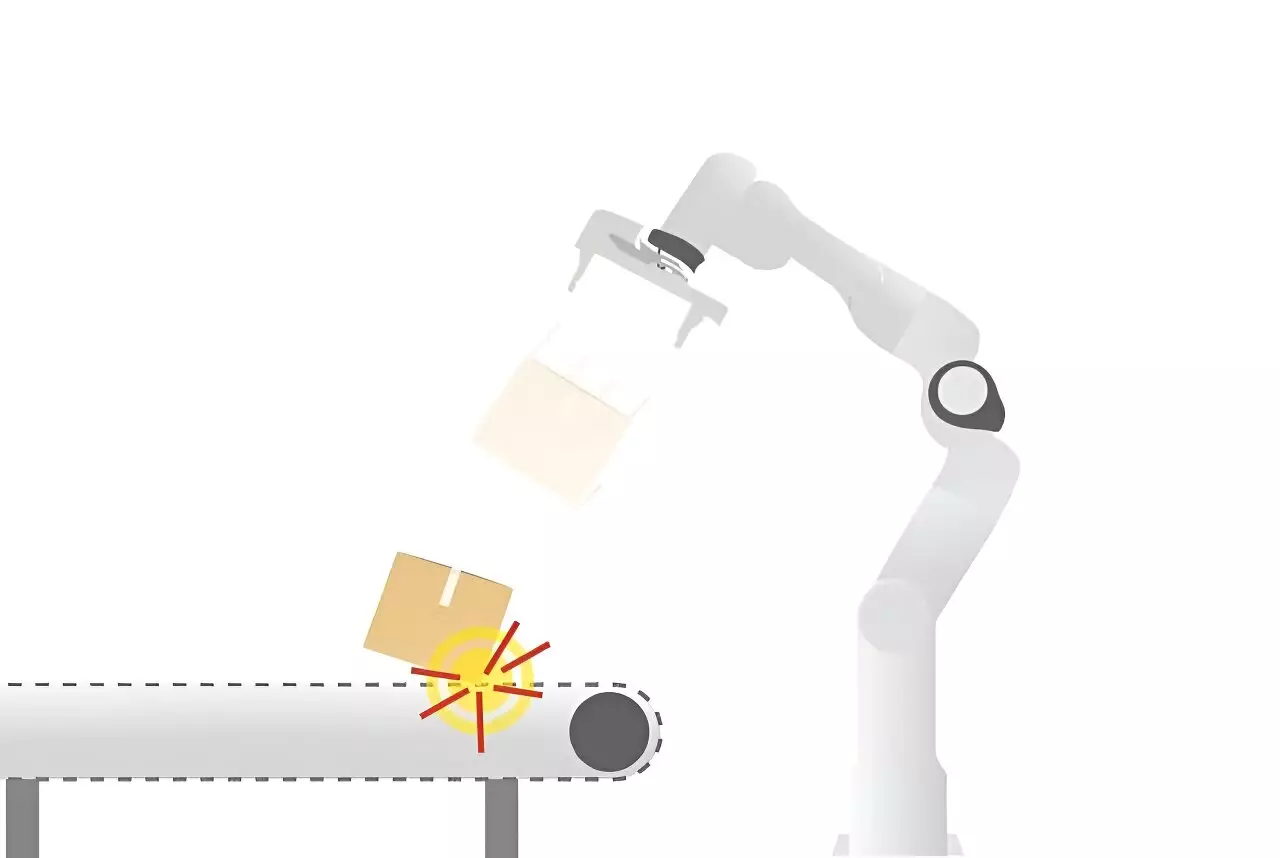The integration of robots within the automotive sector is a well-recognized phenomenon, but recent developments indicate a broader expansion into diverse fields such as logistics, healthcare, and even space exploration. Although robots have proven their value, they are not without shortcomings. Presently, most robotic systems are limited to performing a singular task or a predestined series of movements, often repeating these actions with little to no variation. This rigidity diminishes overall efficiency and restricts robots from reaching their full potential, akin to the complexity of human cognitive and physical capabilities. Therefore, enhancing robots to mimic human-like behaviors—such as adaptability, spatial awareness, and dynamic interaction—stands as a pressing need in contemporary robotics.
A conversation with leaders in the field reveals that the future of robotics lies in creating machines that can engage in ‘impact-aware’ tasks. For instance, specific jobs—like moving heavy luggage at airports or navigating hazardous environments such as nuclear plants—are inherently inappropriate for human involvement due to safety concerns. Furthermore, the prospect of deploying robots in extraterrestrial environments prolongs this necessity for heightened capabilities in terms of both strength and dexterity. Current robotic systems are engineered primarily for static interactions; thereby, even their methods of collision avoidance have been well-trodden but insufficient for dynamic operational contexts.
Evidently, to evolve past these basic functionalities, robotics must focus on ‘collision exploitation’ rather than avoidance. Rather than merely preventing collisions with their surroundings, robots need to develop strategies that allow for swift adjustments during engagements with heavy objects, despite uncertainties that may arise during these interactions. This is crucial to enhance not only the efficiency but also the safety of operations involving multidimensional tasks where the weight or position of an object might not conform to expectations.
In initiatives such as the I.AM project spearheaded by research teams at Eindhoven University of Technology, groundbreaking methodologies are being explored. These include utilizing first-principle physics to facilitate a deeper understanding of mass, friction, and other critical variables that impact robot functionality. Taking a unique approach, researchers implement an iterative cycle of algorithm development and testing, comparing theoretical predictions against real-world performances. By performing hands-on experiments with diverse objects and conditions, researchers have made strides in developing robust control algorithms that allow robots to effectively navigate complex environments.
Recent findings suggest that robots can indeed be trained to lift heavy objects with greater reliability and efficiency while respecting their physical limitations and surroundings. The focus has shifted to ensuring that robots not only operate accurately but also adapt gracefully to unexpected scenarios. This challenging dynamic interplay—between the machine, the object, and the real-time environment—illuminates the complexity inherent to robotic design.
The collaboration with industry specialists such as VanderLande has illuminated the intricate challenges facing robotics in practical applications. By providing insight into logistical hurdles, this partnership enhances the real-world relevance of academic research in robotics. The key takeaway here is the value of partnership; shared facilities allow for direct collaboration between students, researchers, and industry professionals, compelling students to apply their academic knowledge in tangible environments. This synergy is pivotal as students gain firsthand experience that often leads to job placements within partnering companies, ensuring the sustainability of advancements made in robotics.
Moreover, the field of robotics in the Netherlands has witnessed remarkable progress, emphasizing its strong standing in domains like medical robotics and mobile robotics. Groundbreaking initiatives underscore the importance of collaborative networks that foster advancements in impact-aware robotics. Recognition within the academic community and international circles demonstrates not only the relevance of ongoing research but also suggests a shift in the paradigm surrounding robotics.
As demands for more capable robots expand, researchers like Alessandro Saccon plan to pursue follow-up projects targeting additional realms of automation, including enhanced planning capabilities and refined perceptive abilities. The anticipation surrounding such projects reflects the dynamic nature of the field, yet it also underscores the challenges intrinsic to maintaining momentum amid rising expectations and responsibilities. The culmination of these efforts heralds an exciting future where robots can interact with their environment in ways previously reserved for humans.
As robotics continues to evolve, the pursuit of human-like adaptability and efficiency remains essential. The strides taken by academic institutions and their collaborations with industry promise a future where machines not only assist but also mimic and enhance human capabilities in a multitude of tasks. The journey toward more capable and intelligent robots is lengthy, but the groundwork laid by current research and innovation propels the field toward unprecedented heights.

